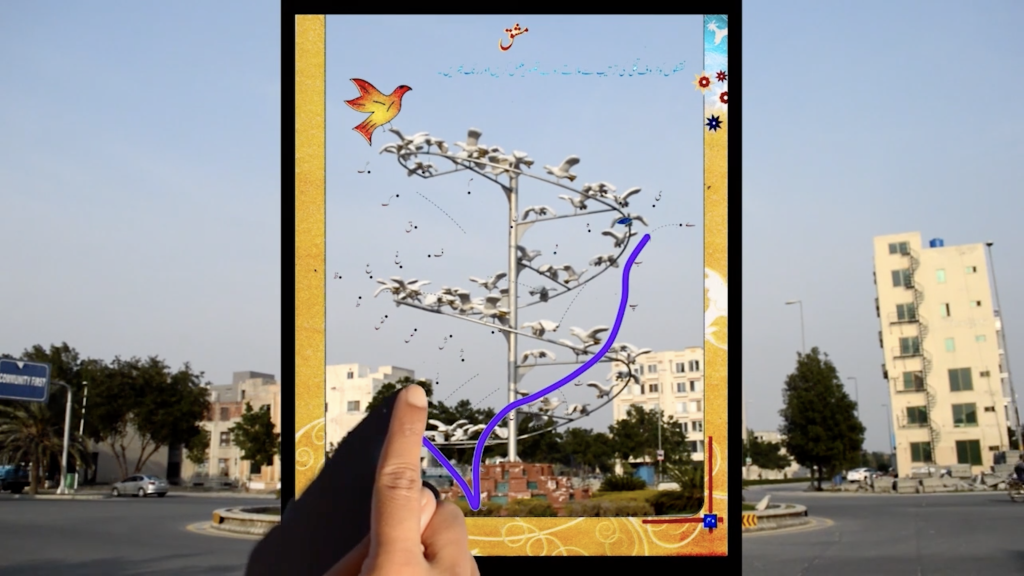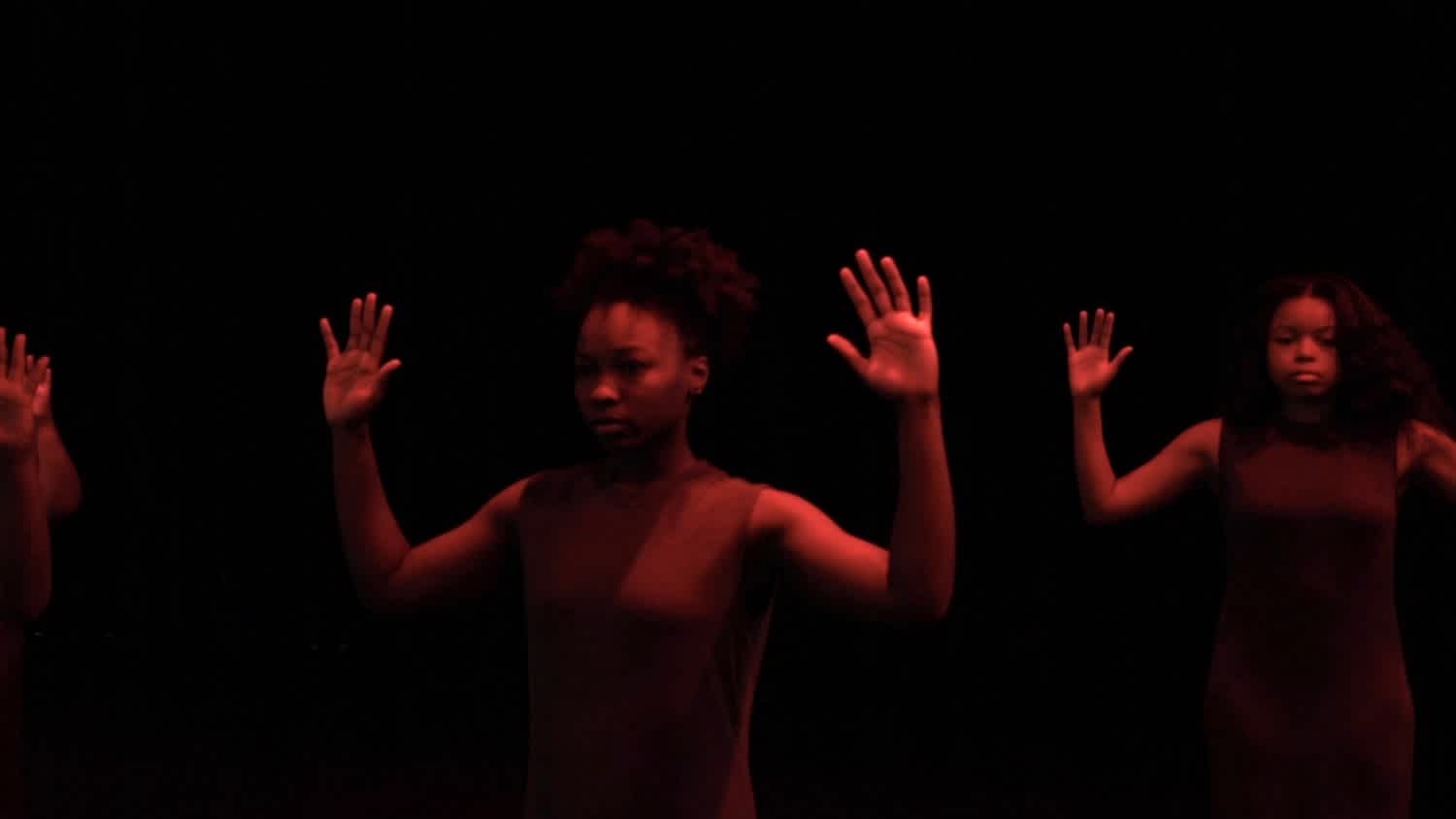
On View: October 19
This Video Viewing Room features June Canedo de Souza’s ongoing project, Every Memory Belongs to a Myth, alongside an introductory text by Lumi Tan and writing by the artist.
This presentation is organized by Lumi Tan, former Senior Curator.
Every Memory Belongs to a Myth
Family videos are often windows into a different world, despite the familiarity of the subjects on-screen. Perhaps they are vivid proof of the lives lived before you were born, or they provide another perspective onto a memory that has only been expressed to you through verbal language. Despite their testimonial function, this footage tends to incur more questions than answers. What are the actions, expressions, landscapes, that you hold in yourself? How do you relate to the peripheral characters? Whose position do you share? In the ongoing project Every Memory Belongs to Myth, June Canedo de Souza shares family videos that were used as a mode of communication across borders, representations of daily life created without the running commentary of a dominant voice-over. Canedo de Souza expands upon these attempts at communication through other non-verbal, somatic responses, entangling not only the relationship between lived and imaged experience, but those between the domestic sphere, labor, migration, and the natural world. While Canedo de Souza’s project extends to sculpture and installation, this presentation focuses on the constraint of the camera’s frame, whether tightly focused on the artist’s repetitive movements, or the restless panning shot from her family’s past.
— Lumi Tan, Senior Curator
What are the connections between absence, memory, testimony, and myth?
In 2019, I found a cardboard box filled with VHS tapes inside my cousin’s closet in Brazil. Between 2000 and 2015, my parents, aunts, and uncles used VHS recordings to communicate with one another across borders. They recorded birthdays, cultural events, intimate messages, soccer games, political campaigns, and documentation on how their remittances were being spent. The tapes returned to the U.S. with me once I found them and again to Brazil when I migrated back. I began to digitize them in 2020 and have been processing what I have inherited since.
Every Memory Belongs to a Myth is a developing body of work that follows a multi-response objective: one that explores absence as a condition of memory, another which aims to address the disjunction between personal experience and familial history. While my responses seek to understand the multiple perspectives present in this archive, I am specifically invested in exploring the history and interior lives of the women in them.
I am cautious of simple concepts of identity and structure my research and response process around the cultural specificities depicted within the tapes. I look to the home space (and landscape) for non-verbal expressions of testimony and myth such as haptic gestures, sounds, and smells. The home, the garden, the kitchen, and the objects that adorn these places (places where knowledge about the body, particularly the woman’s body, is imposed) become evidence of longing, possession, mourning, separation, ancestral knowledge, preservation, and death.
The processing of this archive (the places they occupy, the homes they inhabit, and the stories that mirror them, what and who have been left behind) is expressed as performances, sculptures, and site-specific installations. The performances become an opportunity to practice listening and responding to what is unsaid in the tapes; to what I find to be most present in them, the silenced (and often secret) histories they hold. By using a visual language that borrows from the memories and experiences of the women in my family and the domestic culture in which we come from, I reinterpret their roles and their imagined ‘feminine practices’ to maintain a sense of continuity with the past. I insert my own memories into the work as a reminder of the familial ties that were broken by the economic hardship that forced our family to migrate and continue to do so today. My work in general addresses the loss of connection and turns the pressure to conform and assimilate into a foreign value system into an experience of merging with the natural world and its history.
— June Canedo de Souza
BIO
June Canedo de Souza works with photography, performance, film, painting, and sculpture. Her practice engages in a conceptual exploration of memory as it relates to migration and is anchored by her lived experience. From multimedia installations to durational performances, her work mainly borrows from the domestic culture and the cultural memory of the women in her family. She is interested in asking questions about the ways in which migration affects the mental health of people who migrate, the interrelations between objects, space, and time, and how objects themselves migrate.
CREDITS & FOOTNOTES
Videos and images (all courtesy of the artist): 1) June Canedo de Souza, O Escândalo, 2022. 2) Left and right: VHS tapes from family archive. 3) June Canedo de Souza, Before Being, Beneath Being, 2021. Performance in Minas Gerais, Brazil. 4) June Canedo de Souza, Contemplation of Loops, 2021. Performance (Study) in Minas Gerais, Brazil. 5) June Canedo de Souza, O Escândalo, 2022. Durational Performance in New York. Filmed by Alima Lee.


